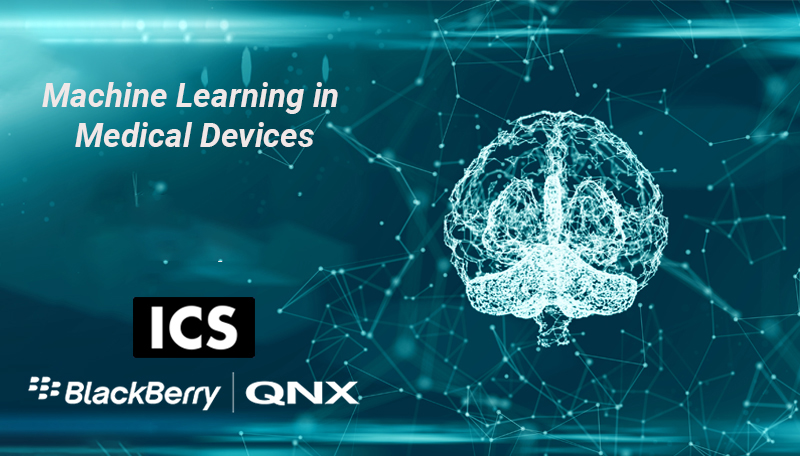
Machine Learning in Medical Devices
Balancing Advanced Technology and Safety
Medical device manufactures are always looking for ways to improve their products, while keeping an eye on FDA guidance. But what happens when device manufacturers incorporate forward-leaning technology in the development of safety-critical medical devices? Or when some algorithm development happens outside of the device? What if software comes with unintended outcomes? In all these scenarios, the system must keep the patients and users safe by employing safeguards.
As an example of the risks inherent in innovation, you can look at the case of using Artificial Intelligence / Machine Learning (AI/ML) as a way of optimizing a patient’s therapy or diagnosis. To improve the therapy selection or to make a diagnosis more accurate, you can train software with an aggregation of thousands of datasets, cross-sectioned by different demographics. While it may improve outcomes, using ML in this way can introduce challenges that make it hard to comply with HIPAA rules.
While the benefits are clear, the means of implementing ML are just now being defined. Recent guidance for ML in medical devices defines a strategy to manage self-modifying software. By making use of trusted, pre-certified components, medical device manufacturers can minimize the impact of new algorithms on software training used in ML model creation and on the software component lifecycle.
This webinar will outline the key strategies and illustrate how manufacturers will pursue these advanced technologies, while balancing the needs of safety with this new paradigm.
Key takeaways will include:
- How to make use of AI or ML in a medical device
- Strategies to update a medical device in the field
- Key safeguards to protect both patients and medical professionals
- Total software lifecycle management